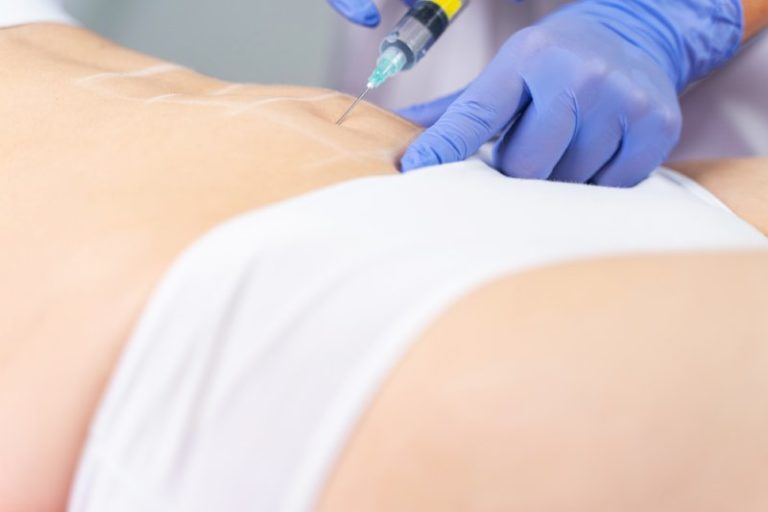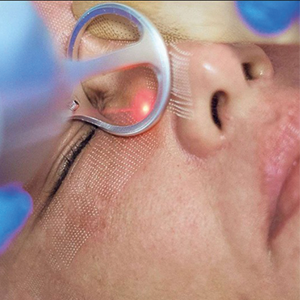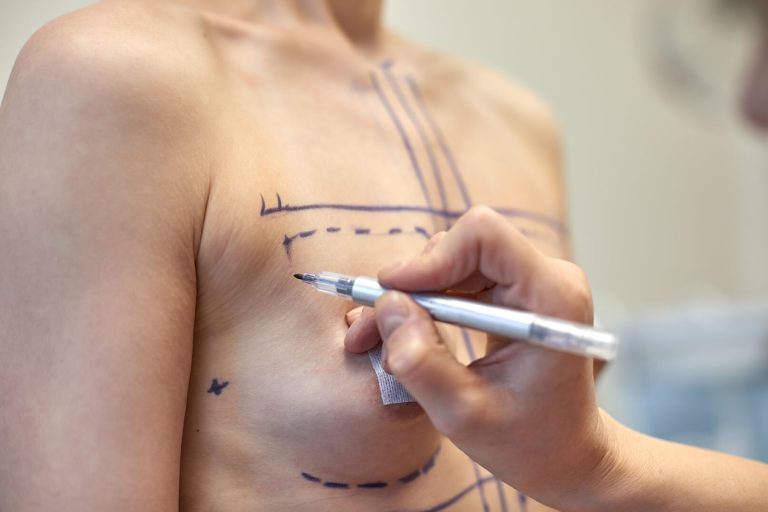Body Electrocautery
What is body electrocautery?
Body electrocautery is an ideal procedure for removing unwanted or damaged tissue in different areas of the body, such as the back, neck, and chest. This medical device converts electrical energy into heat to coagulate, cut, or eliminate soft tissue.
The body electrocautery procedure is completely safe and minimally invasive, designed to remove warts, angiomas, and moles in a single session.
Benefits of electrocautery
The benefits of body electrocautery include:
Precision in treatment: Allows for the precise cutting, coagulation, or removal of tissue while minimizing damage to surrounding areas.
Reduced bleeding: By coagulating blood vessels during the procedure, bleeding is significantly reduced, improving visibility and safety.
Versatility: Effective for treating a wide variety of skin concerns, including warts, scars, superficial lesions, and other irregularities.
Quick recovery: Electrocautery procedures typically have short recovery times, allowing patients to resume daily activities quickly.
Reduced risk of infection: Cauterization helps prevent infections by sealing tissues and preventing bacterial entry.
Improved aesthetic results: Provides a clean and precise finish in aesthetic procedures, enhancing the appearance of the skin and overall patient satisfaction.
How is the body electrocautery procedure performed?
The body electrocautery procedure is performed in a clinical environment under sterile conditions. After an initial evaluation, the treatment area is cleaned, and local anesthesia is applied to ensure patient comfort. Once the area is numb, the doctor uses the electrocautery device, which emits electrical current through a fine metallic tip to cut, coagulate, or remove unwanted tissue.
The device can be adjusted to control current intensity depending on the type of tissue and the treatment goal. During the procedure, the heat generated by the electrical current cauterizes blood vessels, minimizing bleeding and reducing the risk of infection.
The process is typically quick and precise. Once completed, the treated area is cleaned and covered with a bandage if necessary. Most patients can resume normal activities shortly after the procedure, with specific postoperative care instructions provided by the physician.

Results you can
reach and enjoy
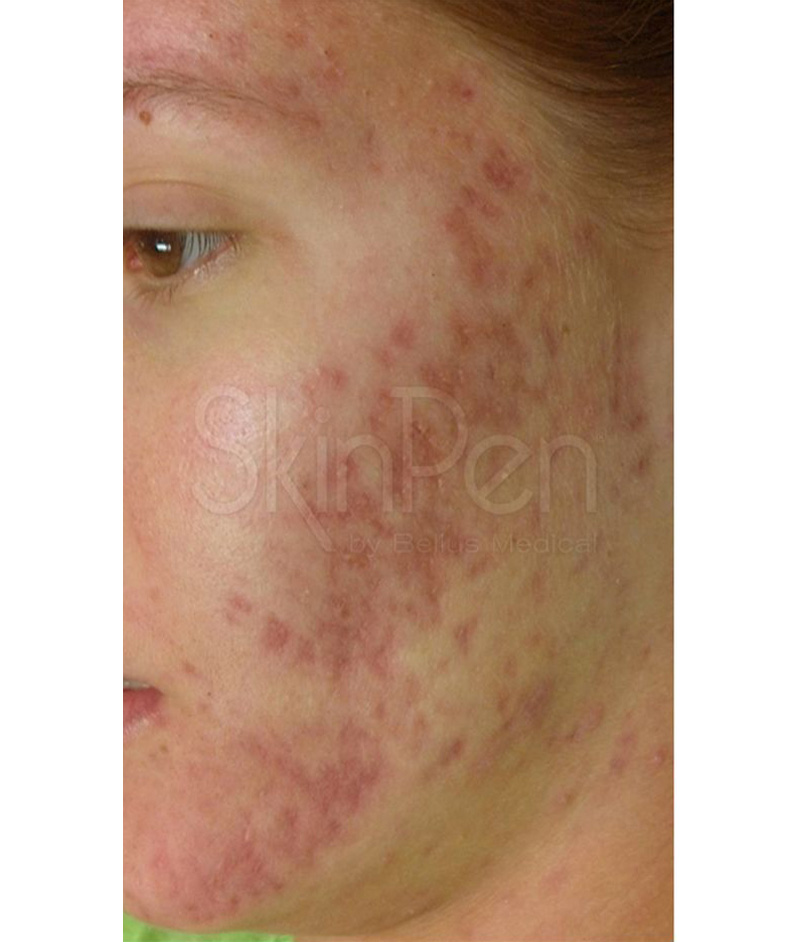
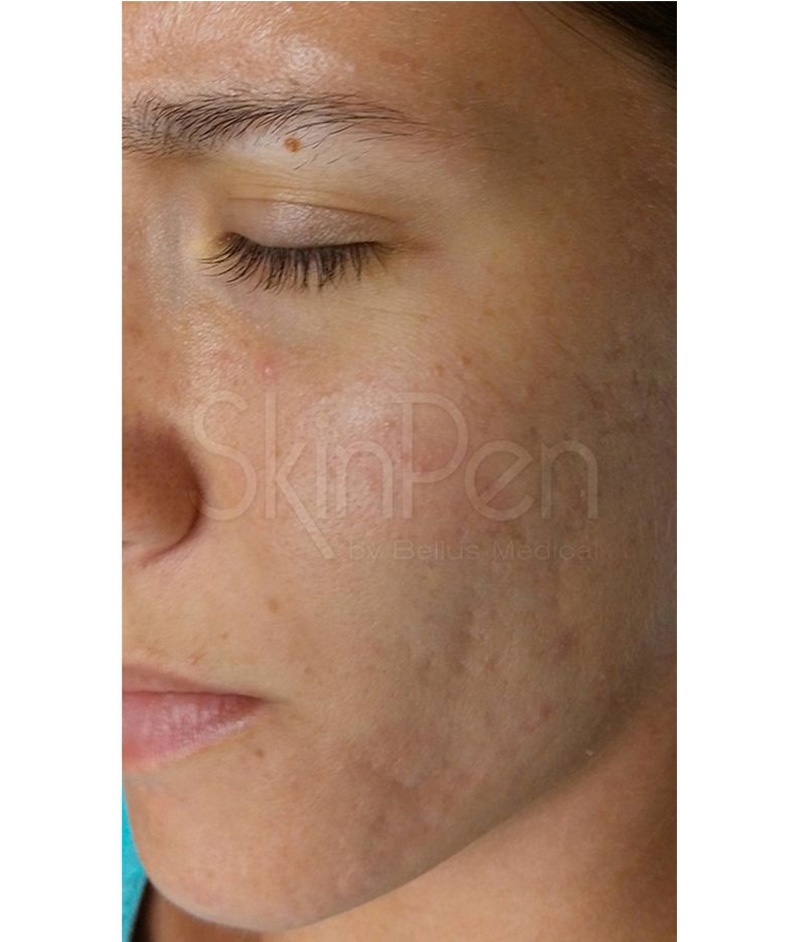
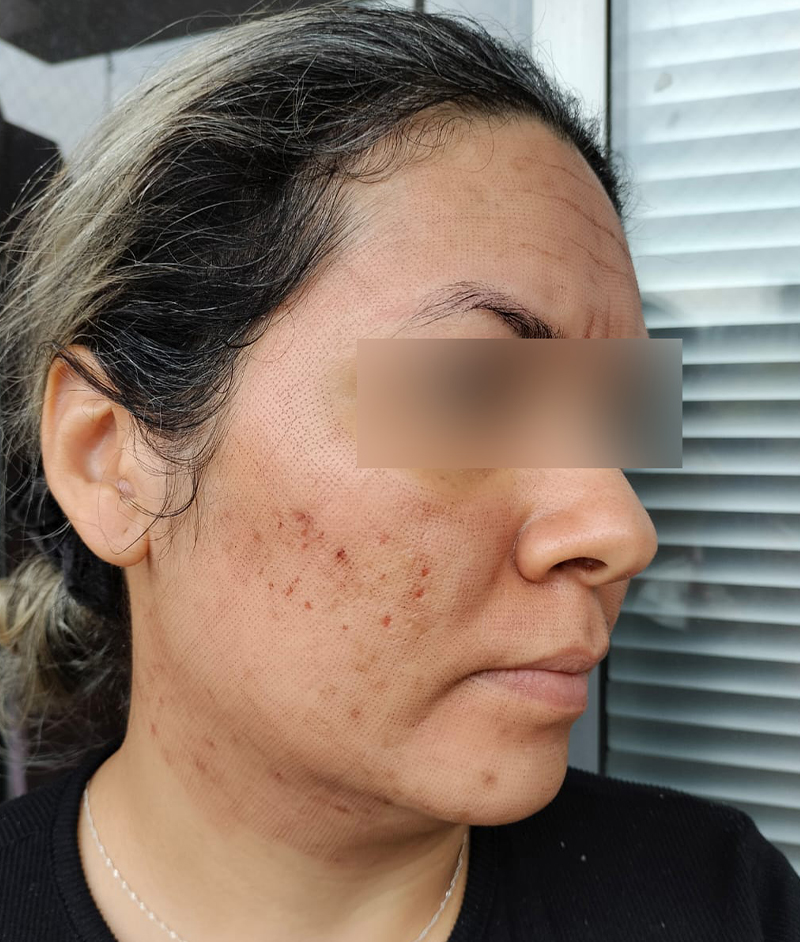
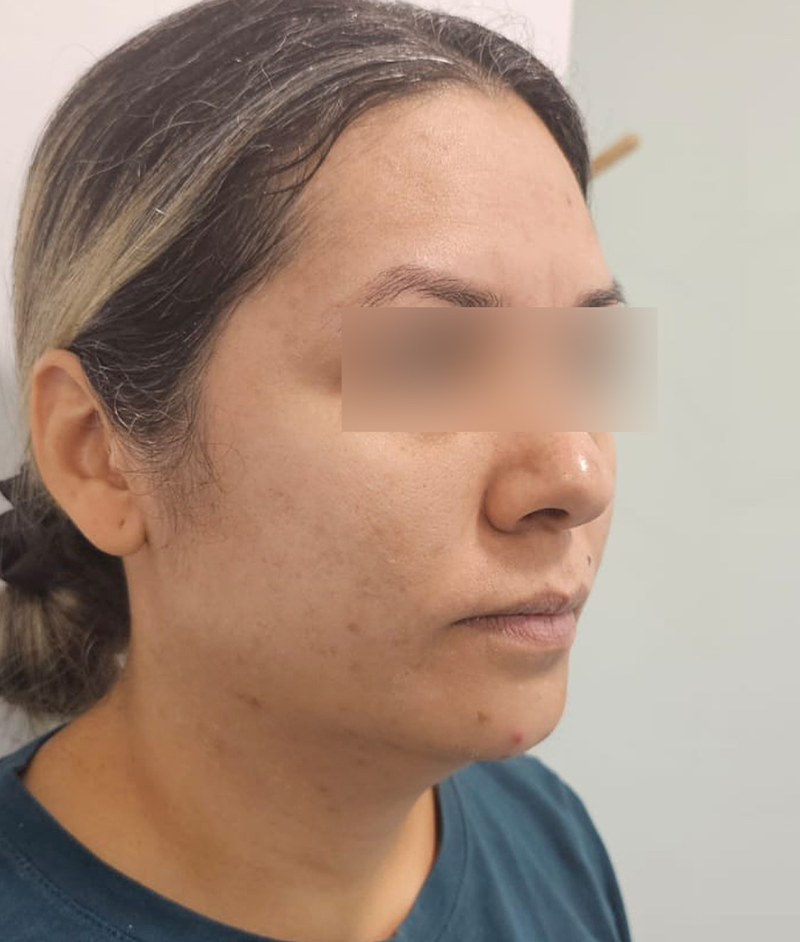
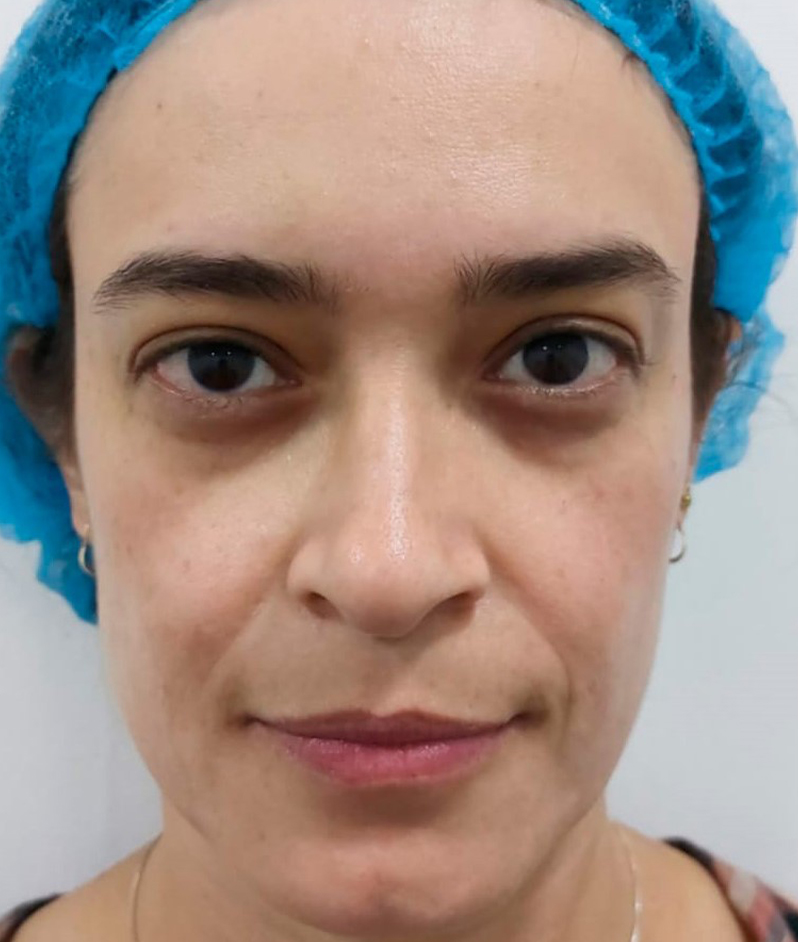
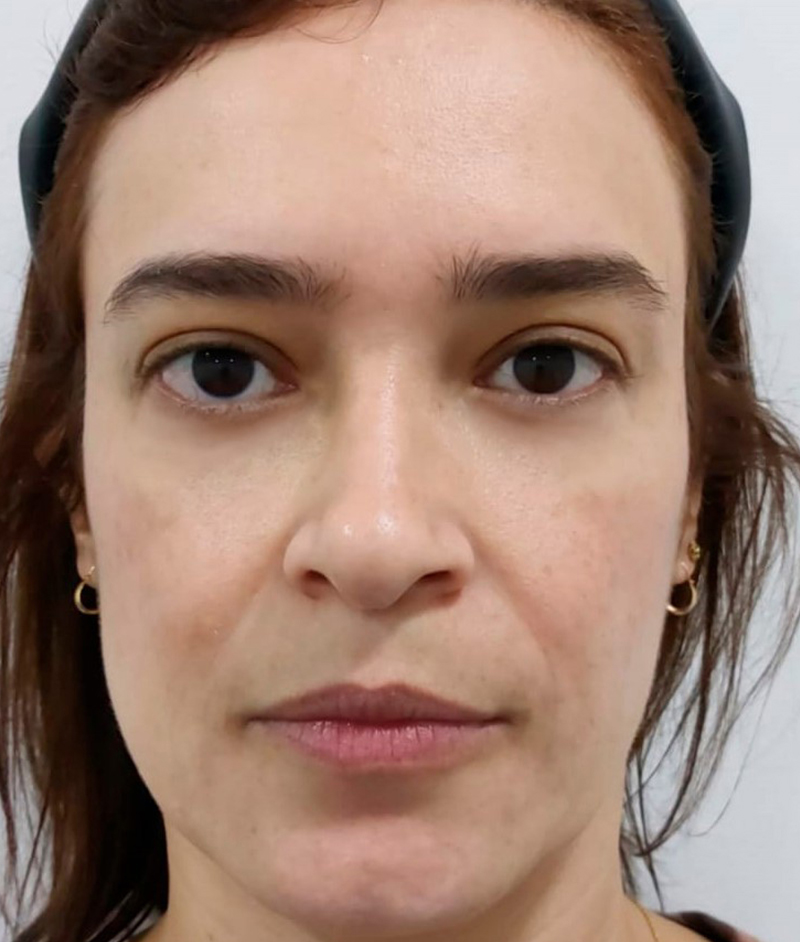
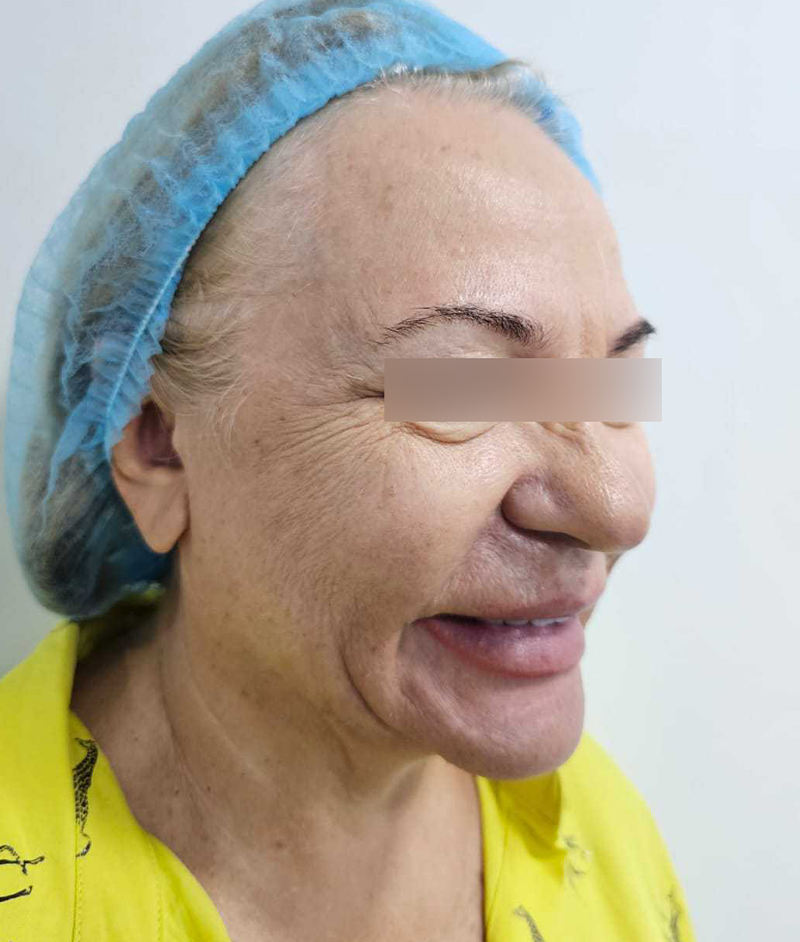
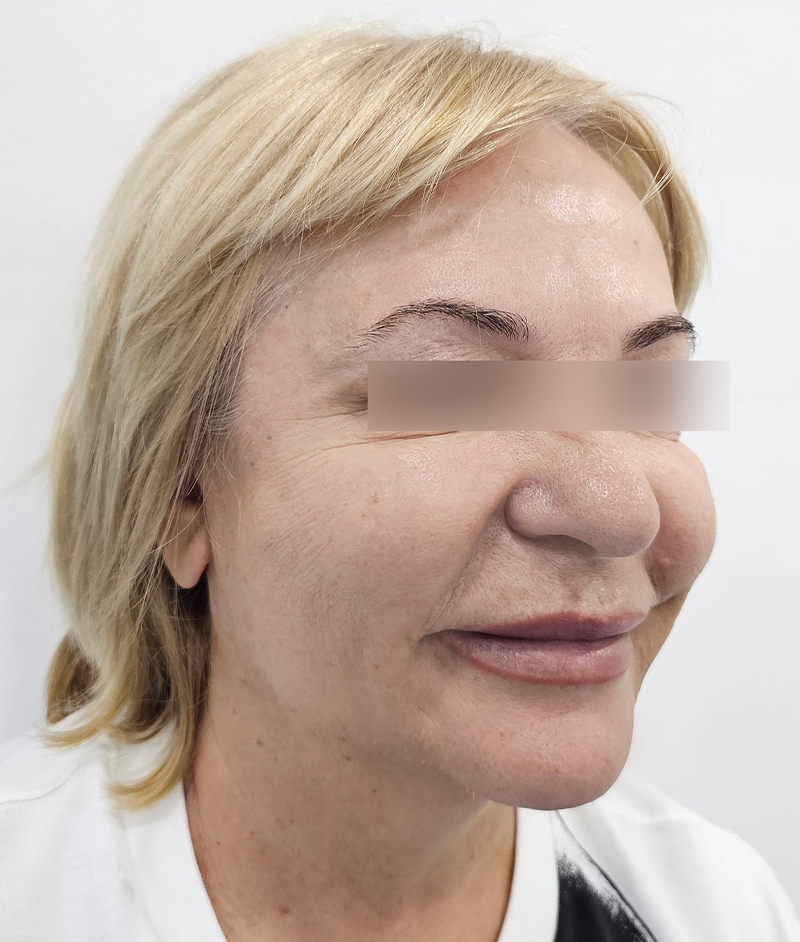
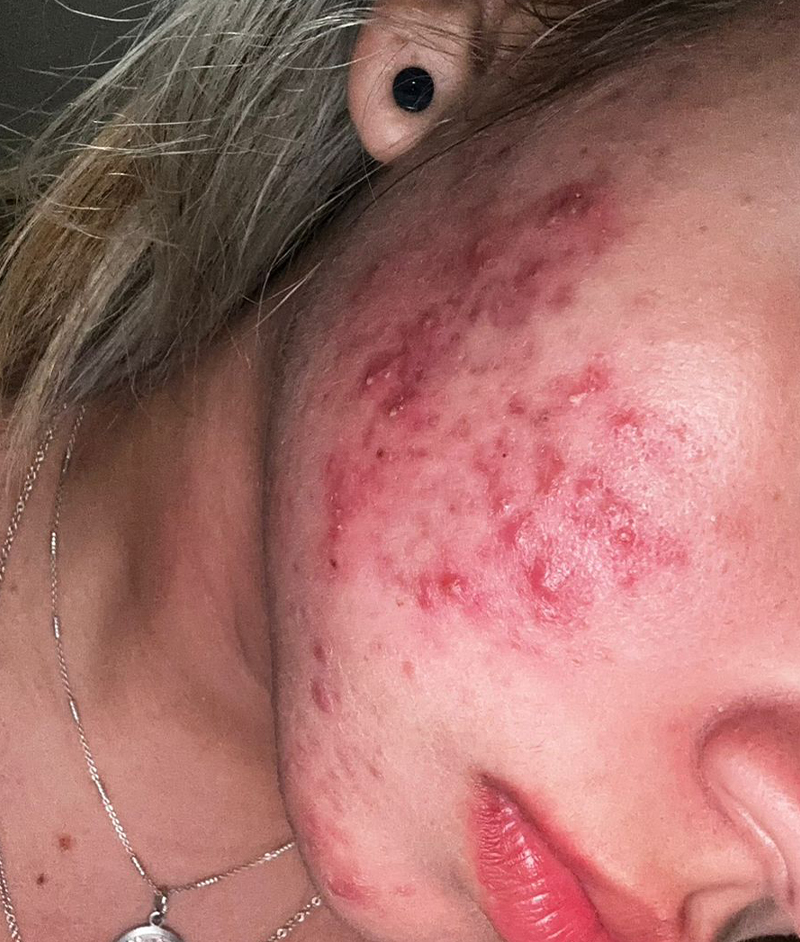
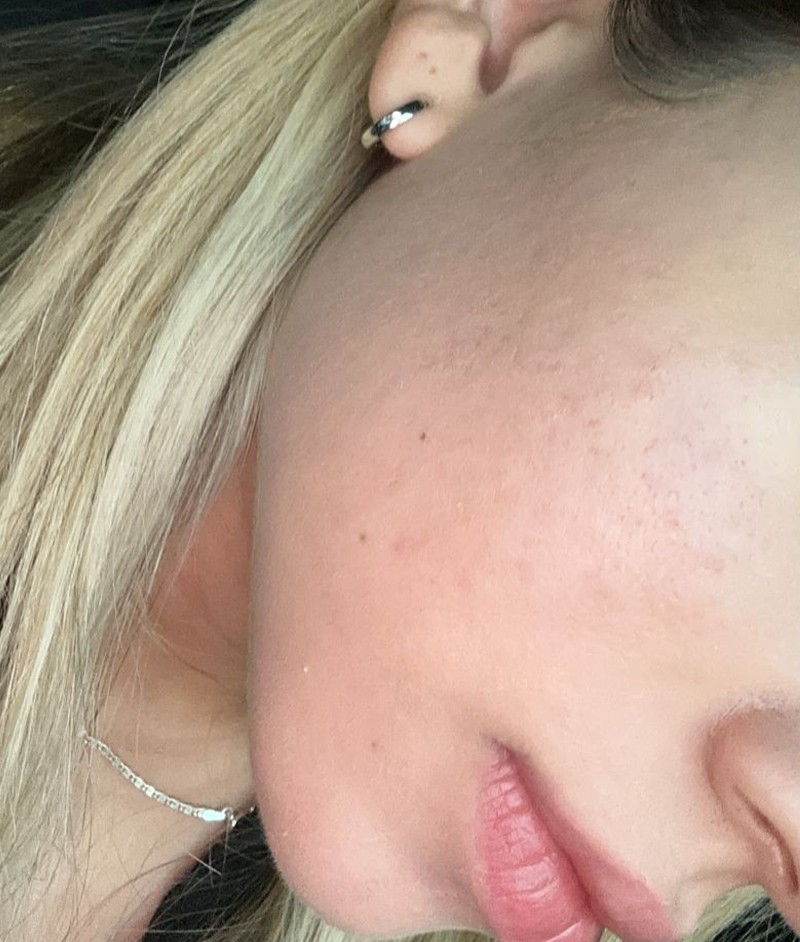
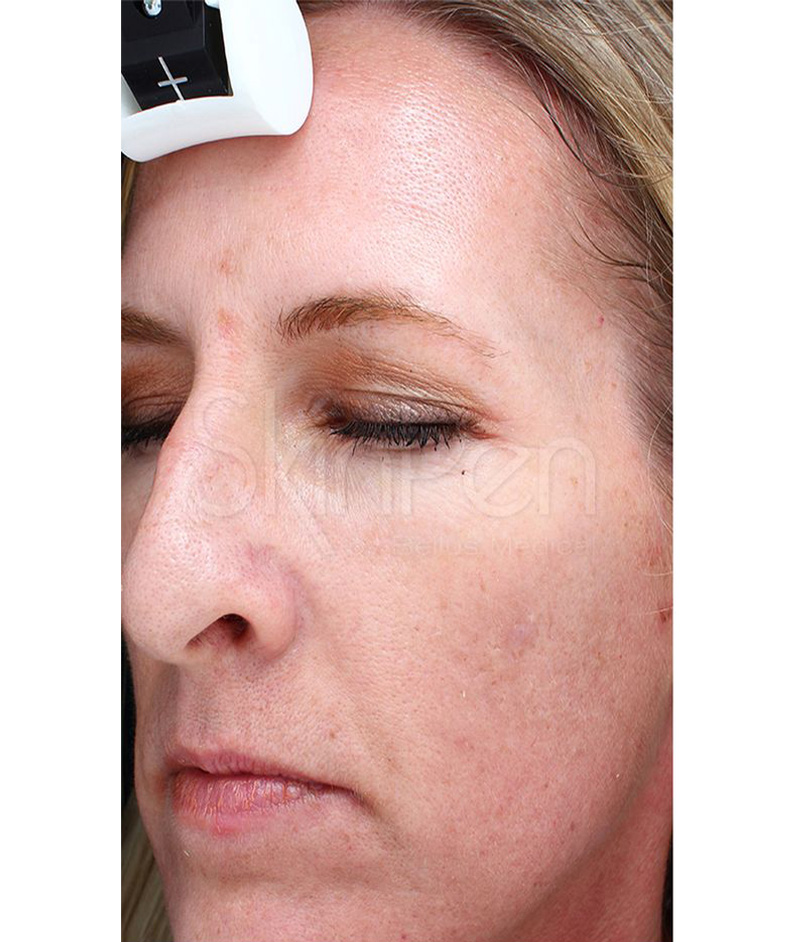
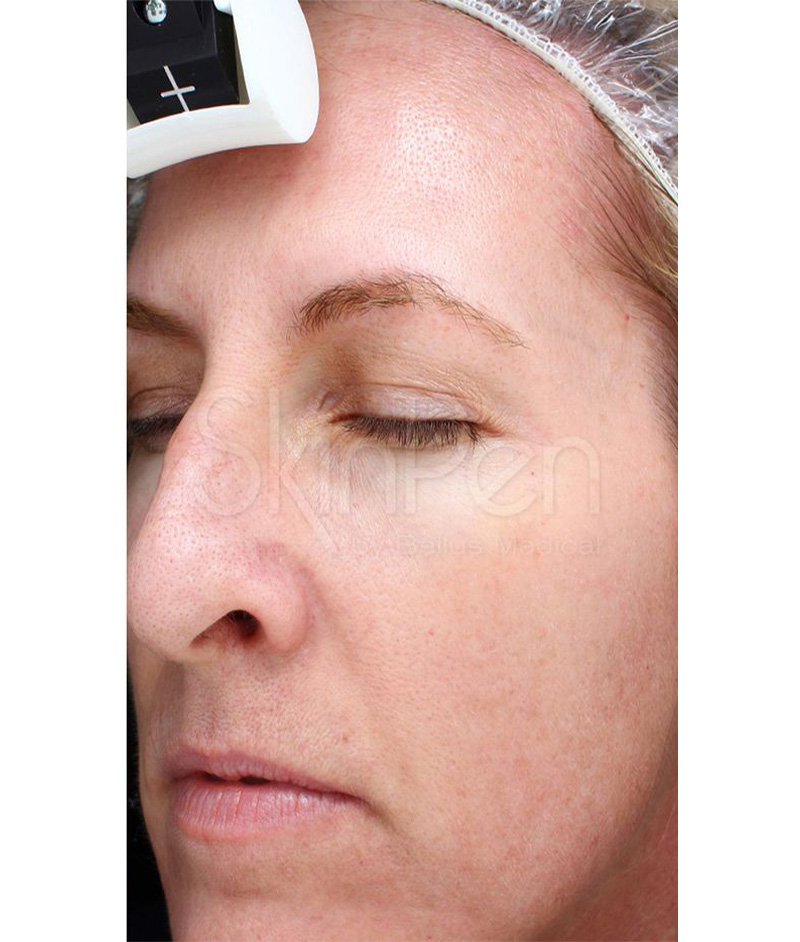
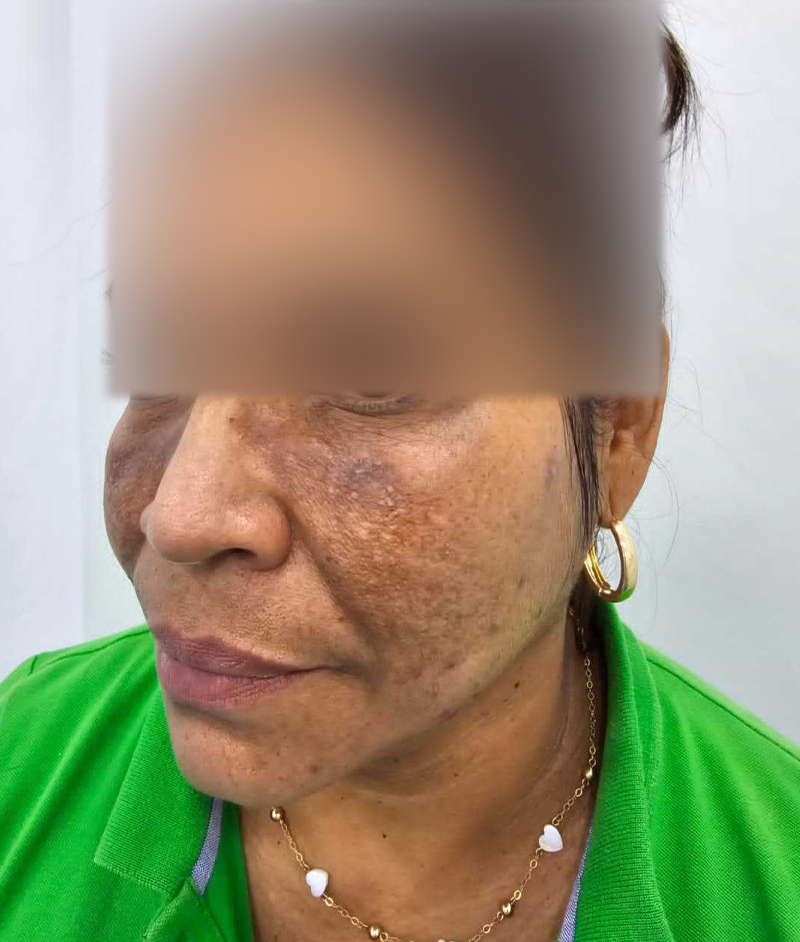
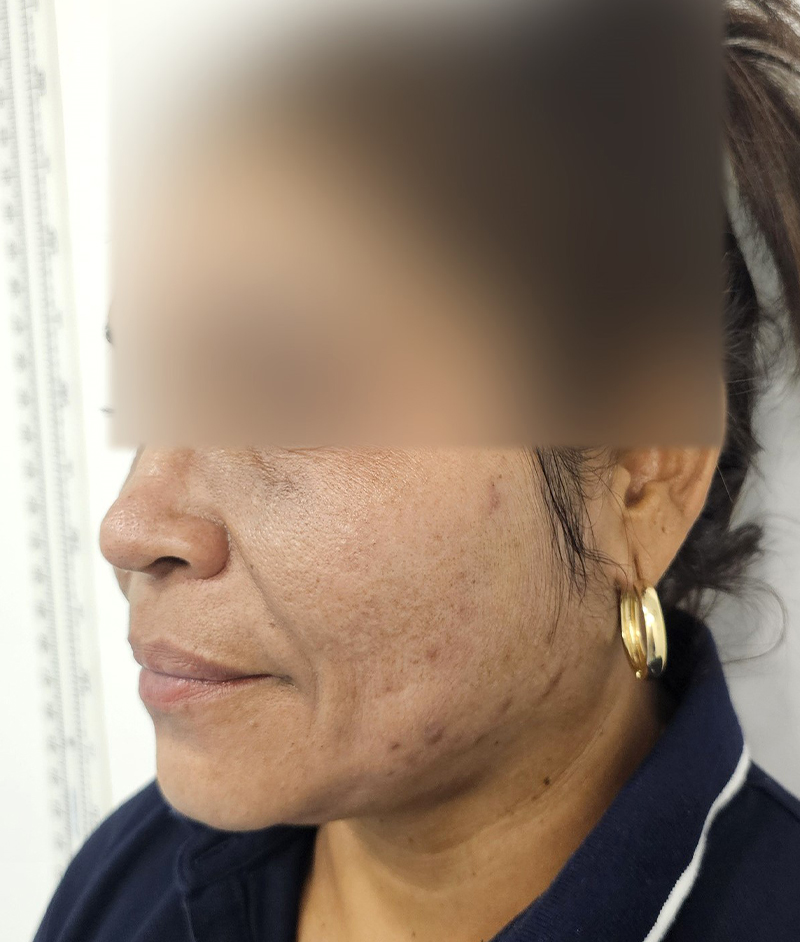
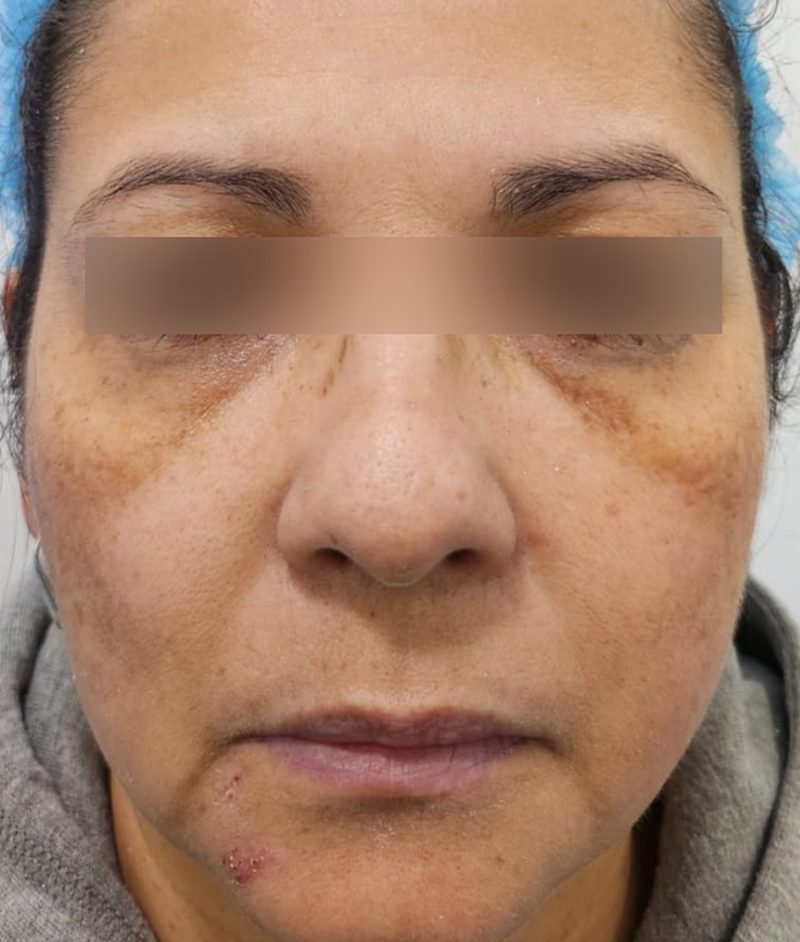
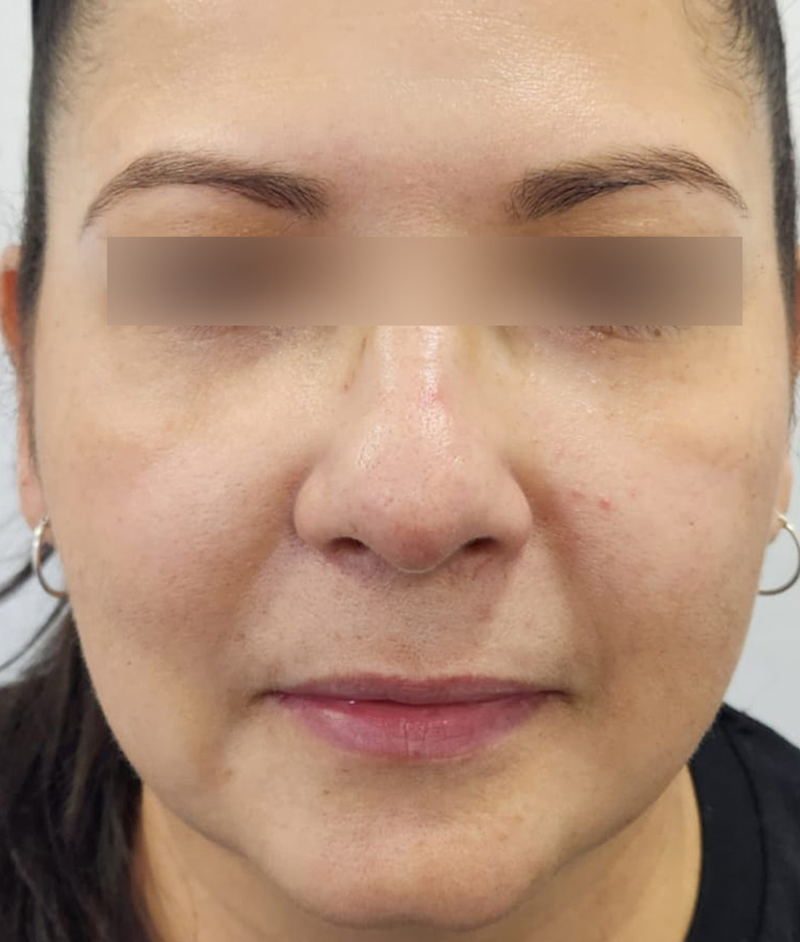
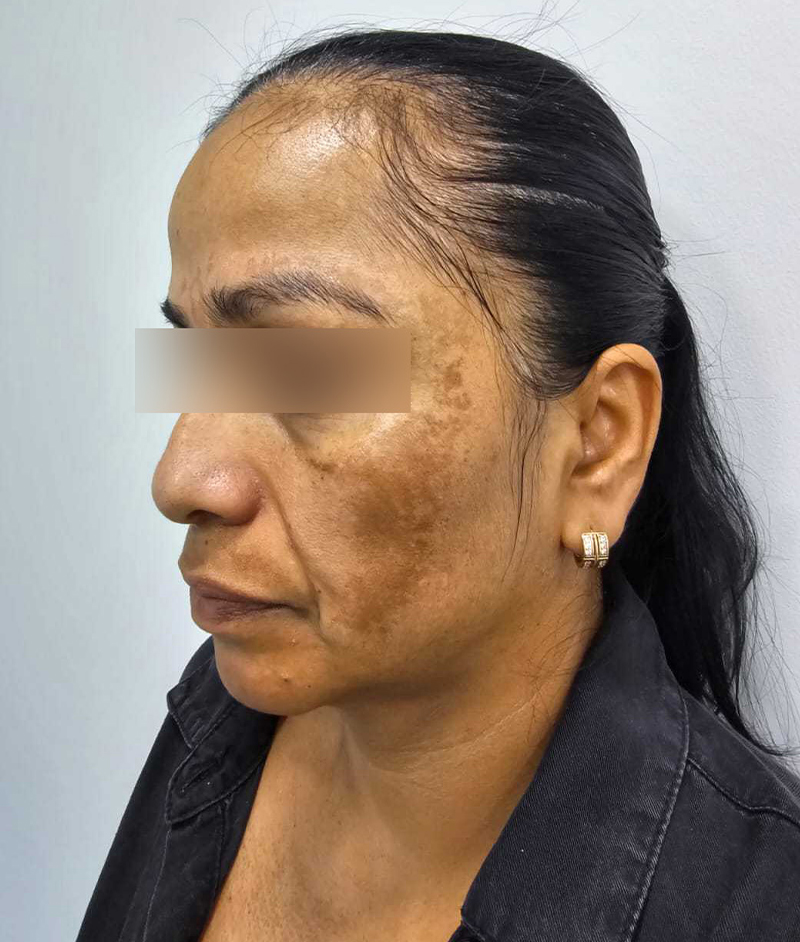
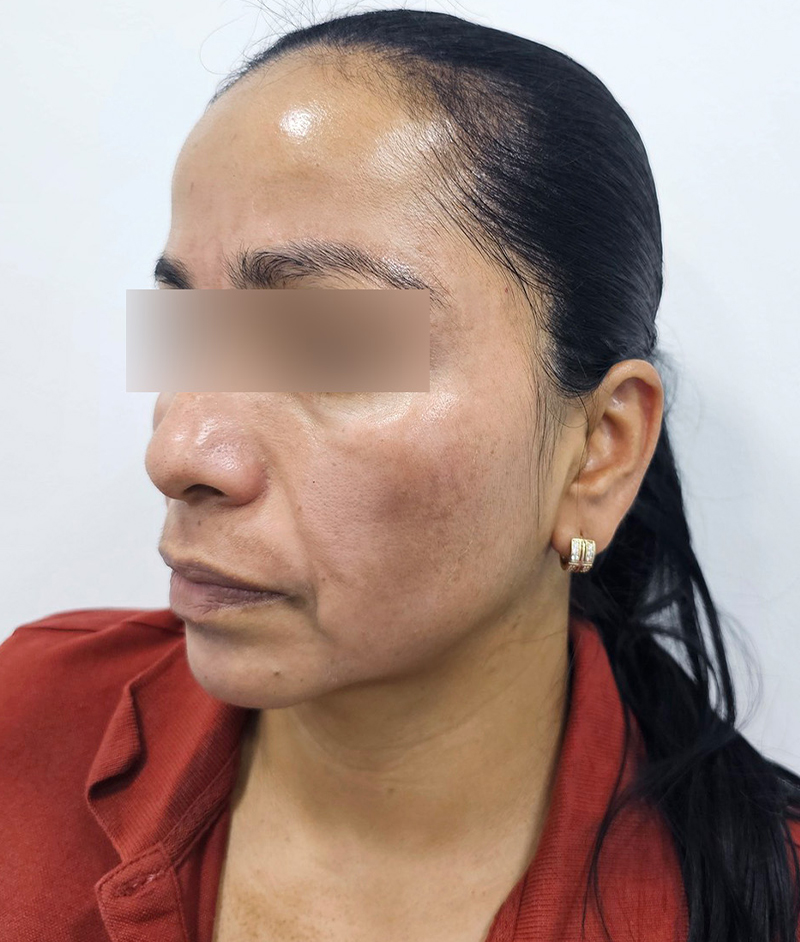
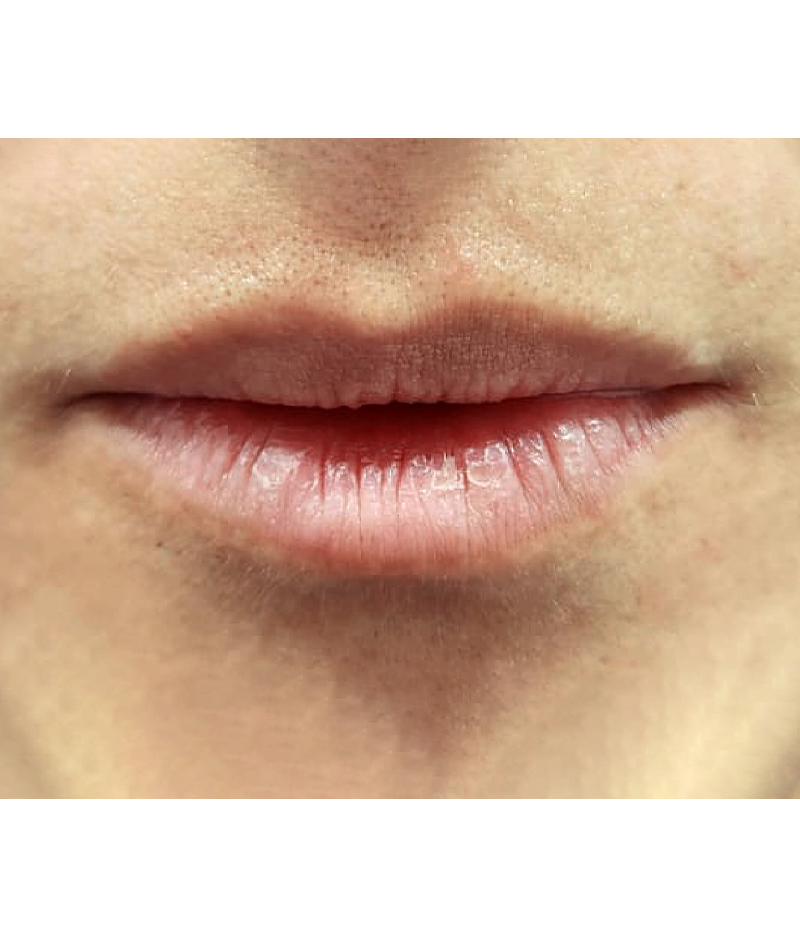
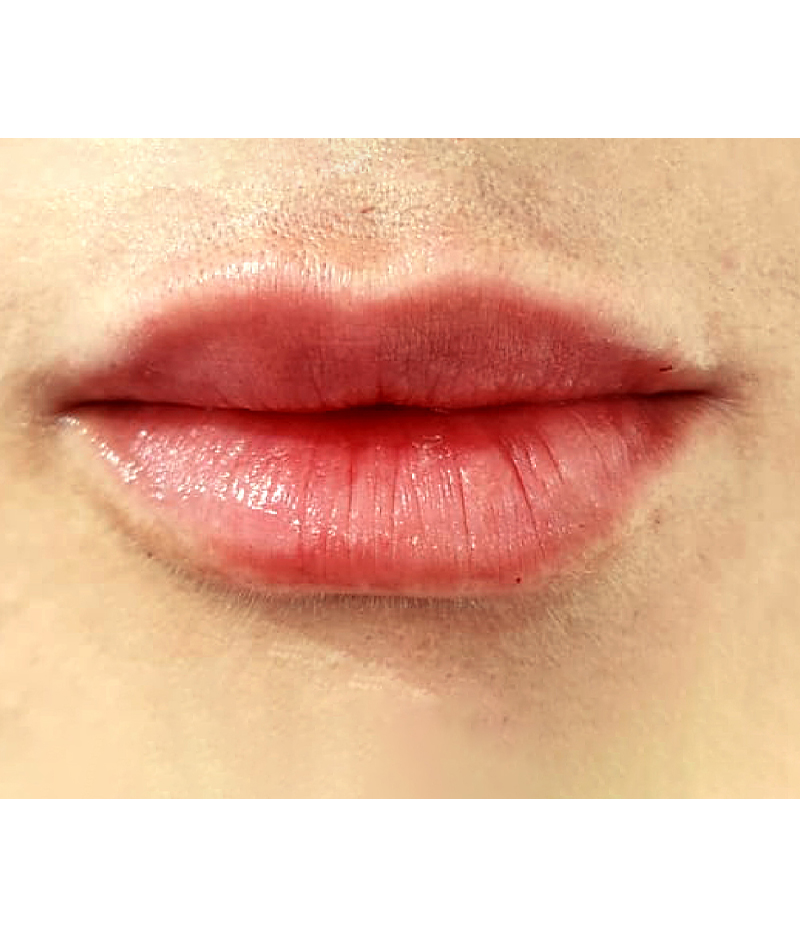
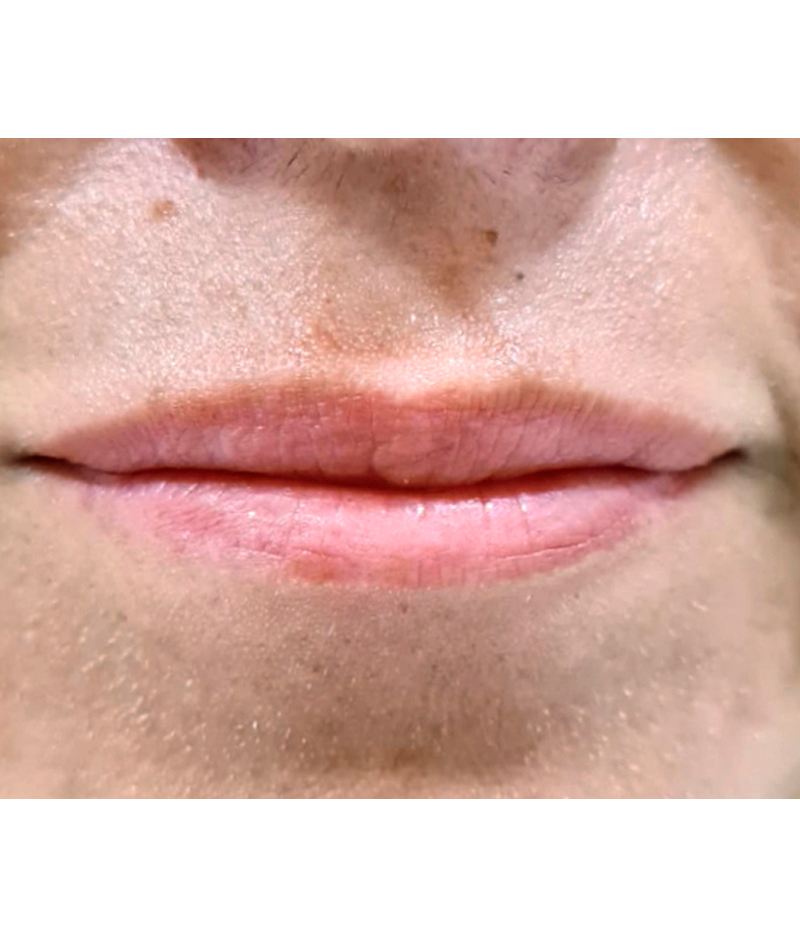
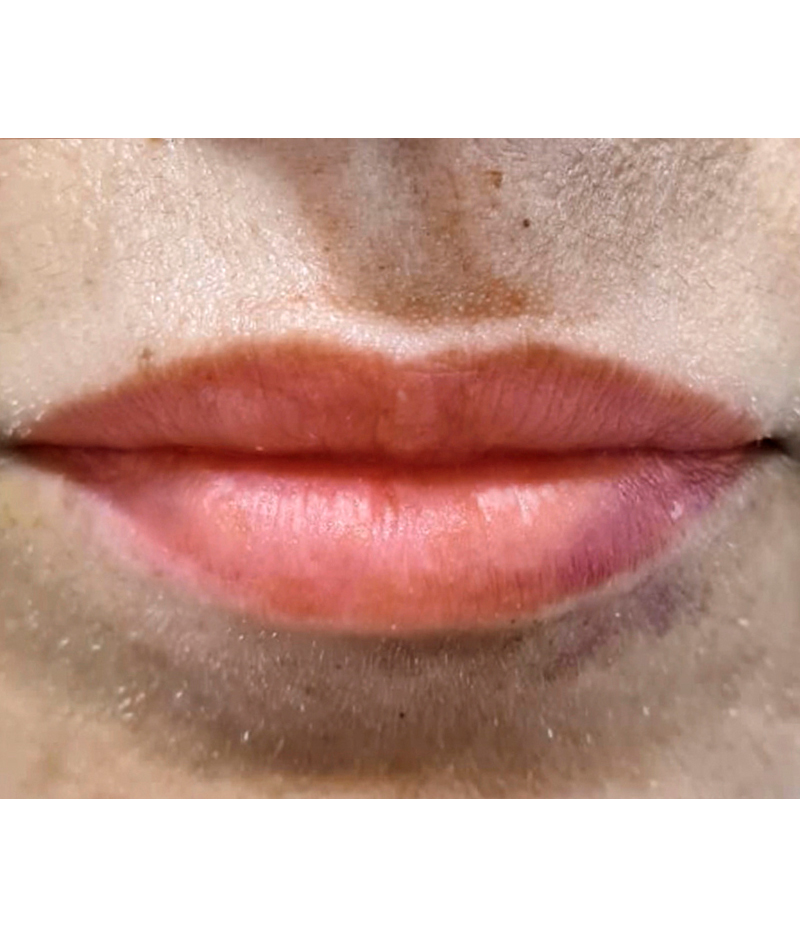
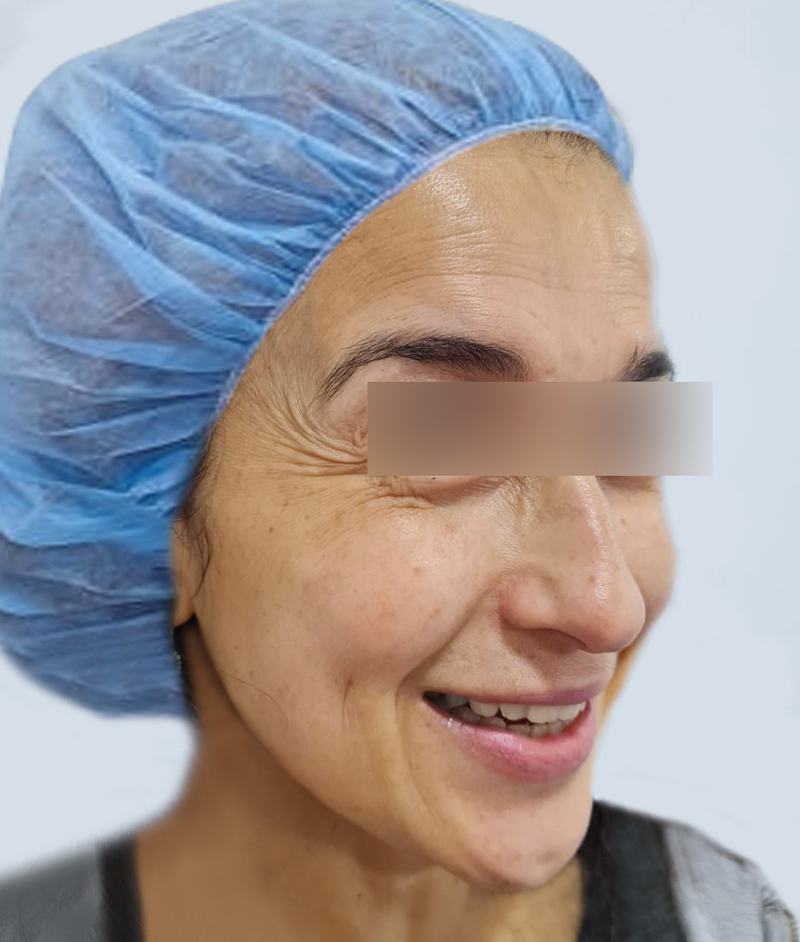
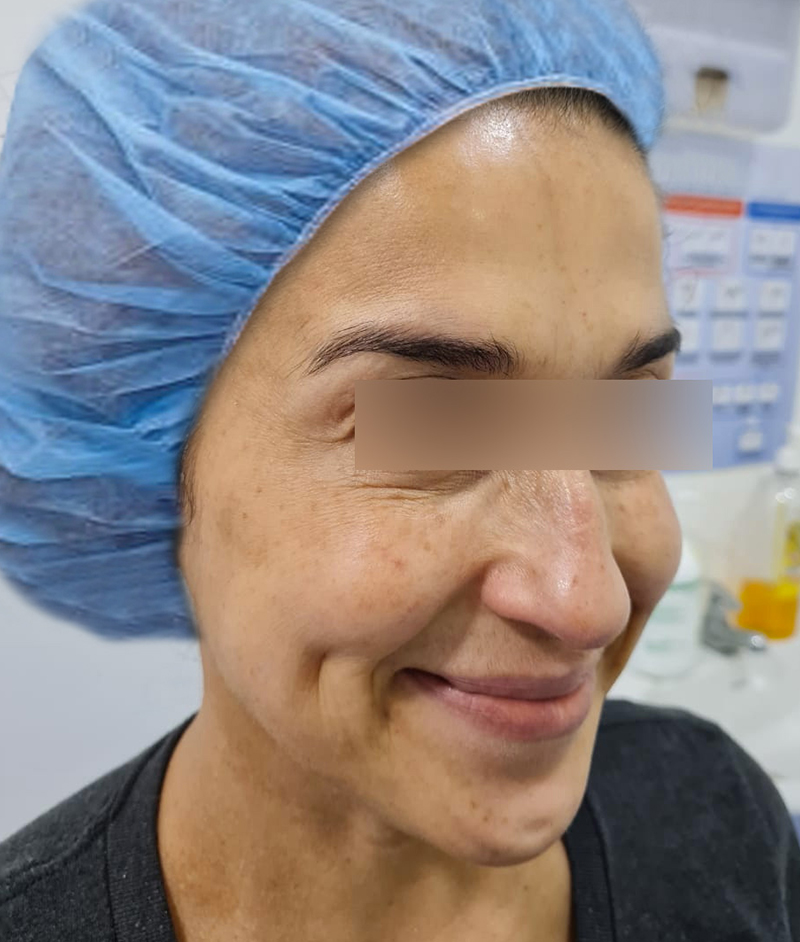
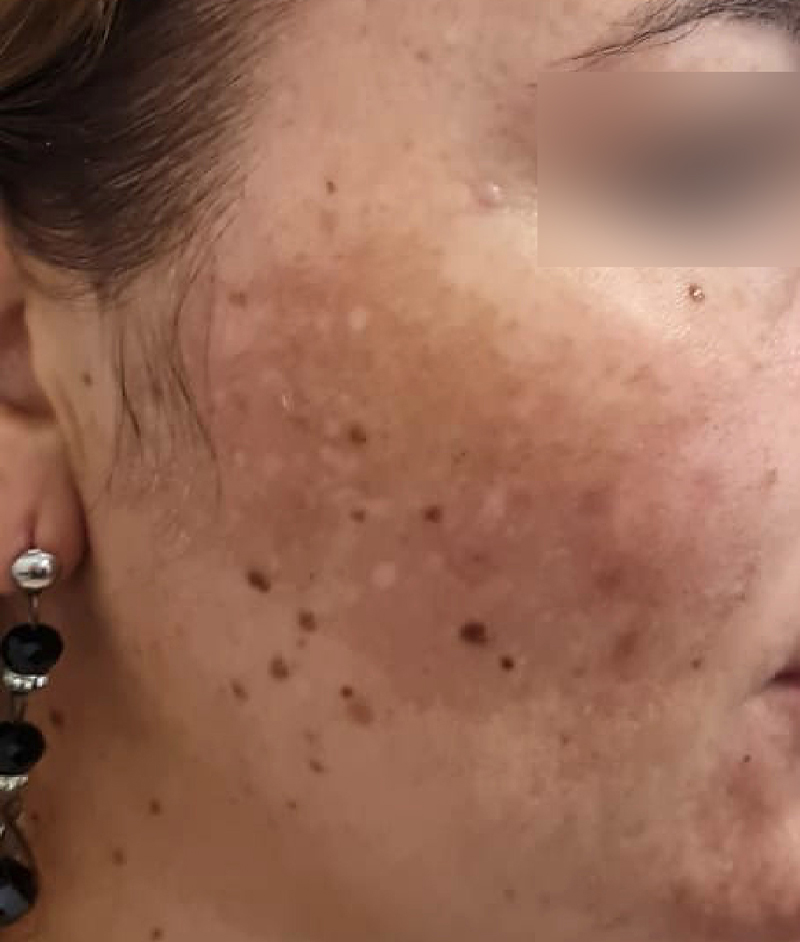
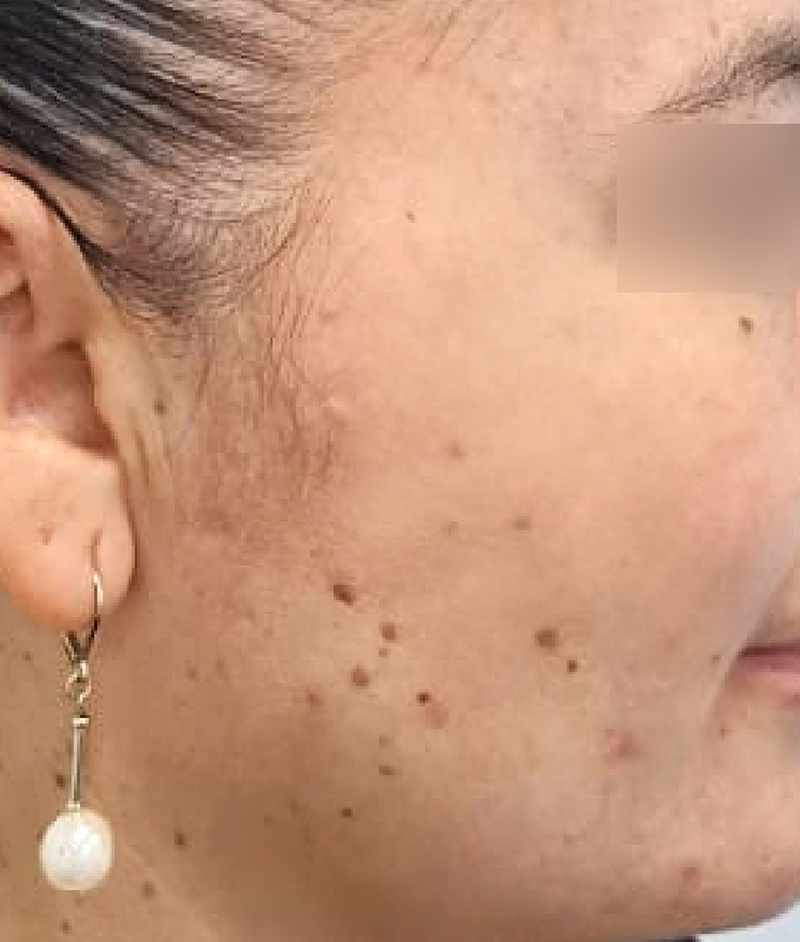
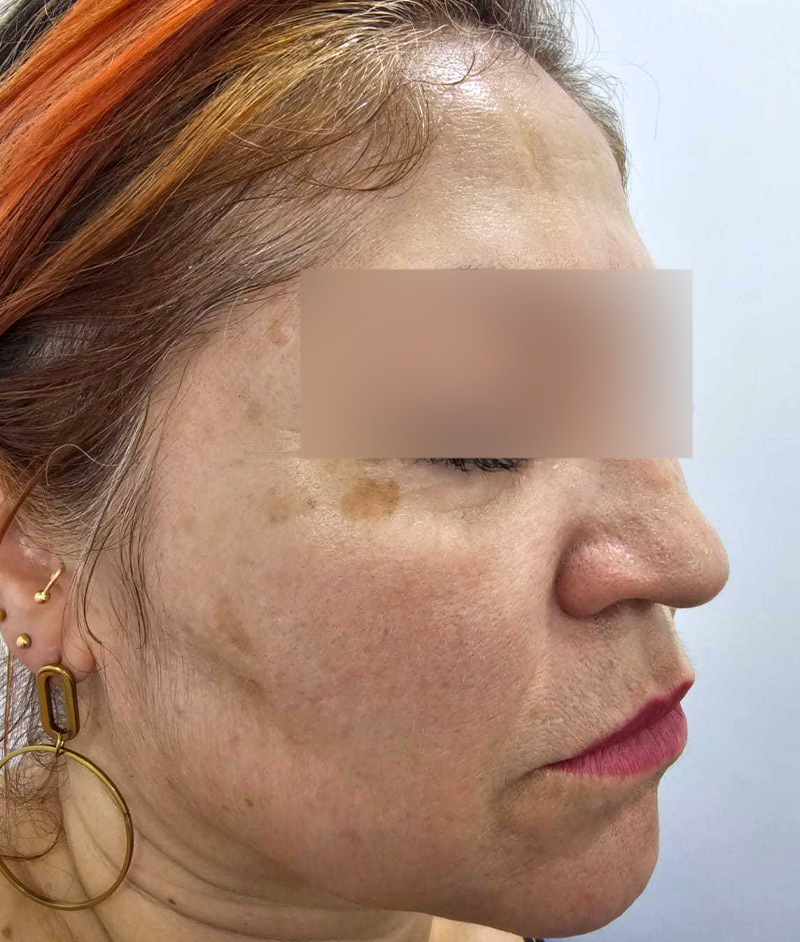
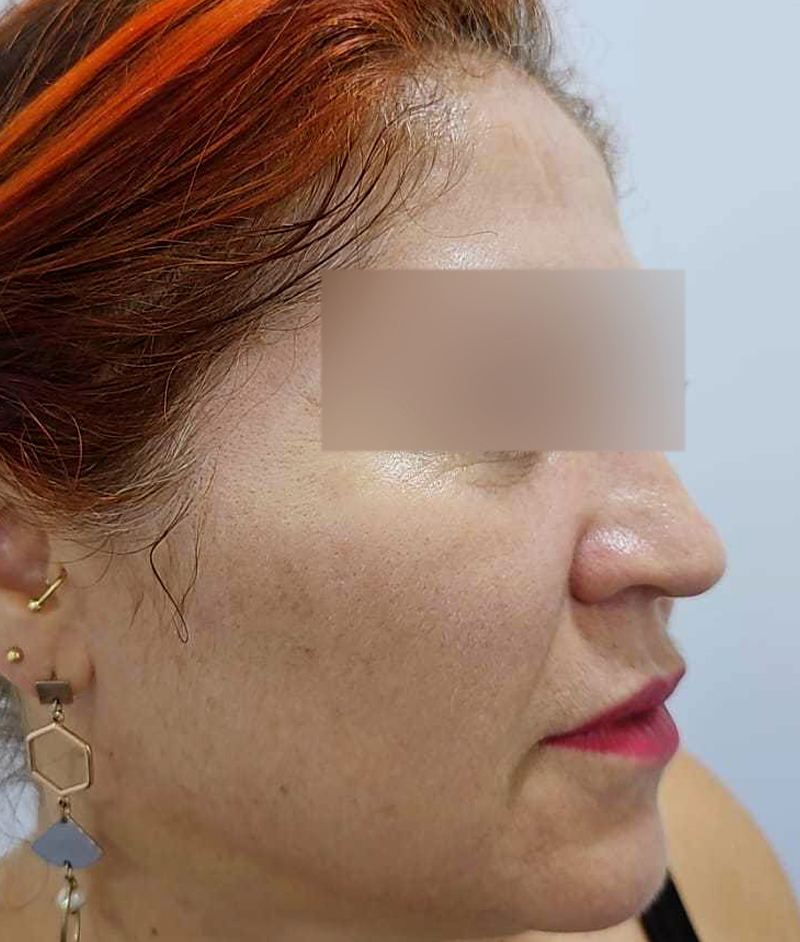
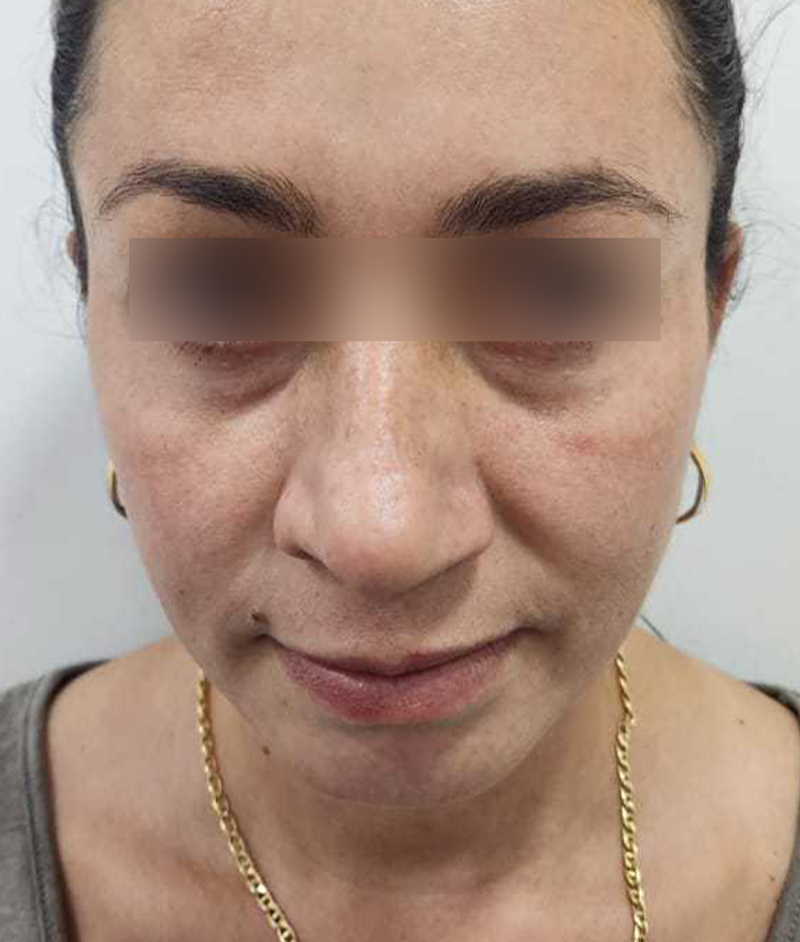
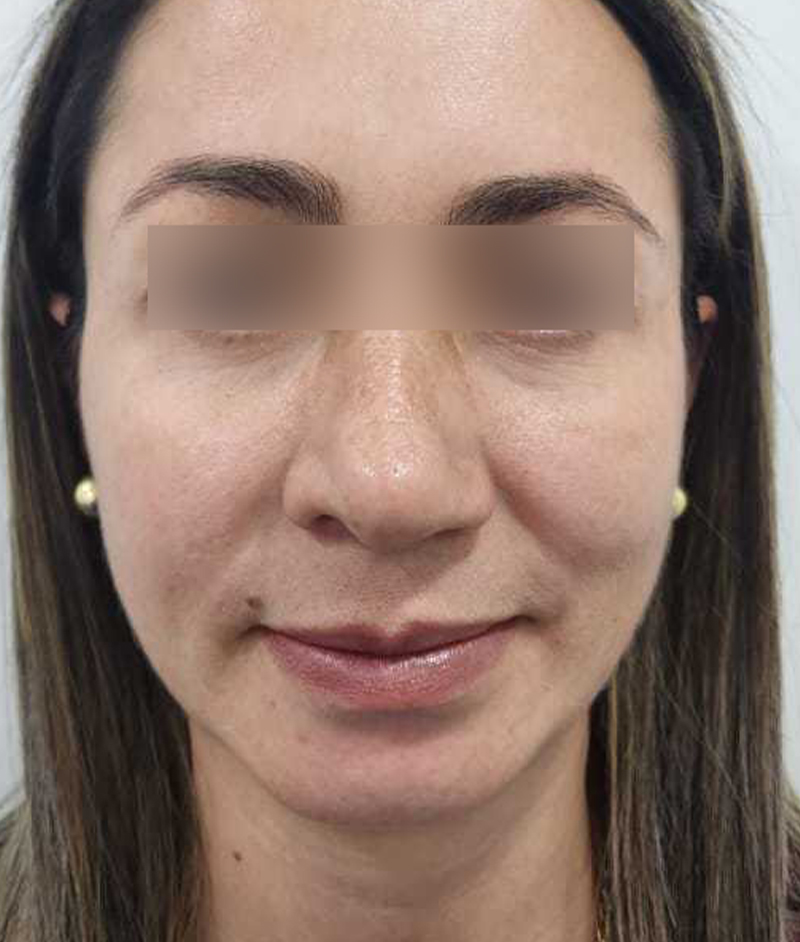
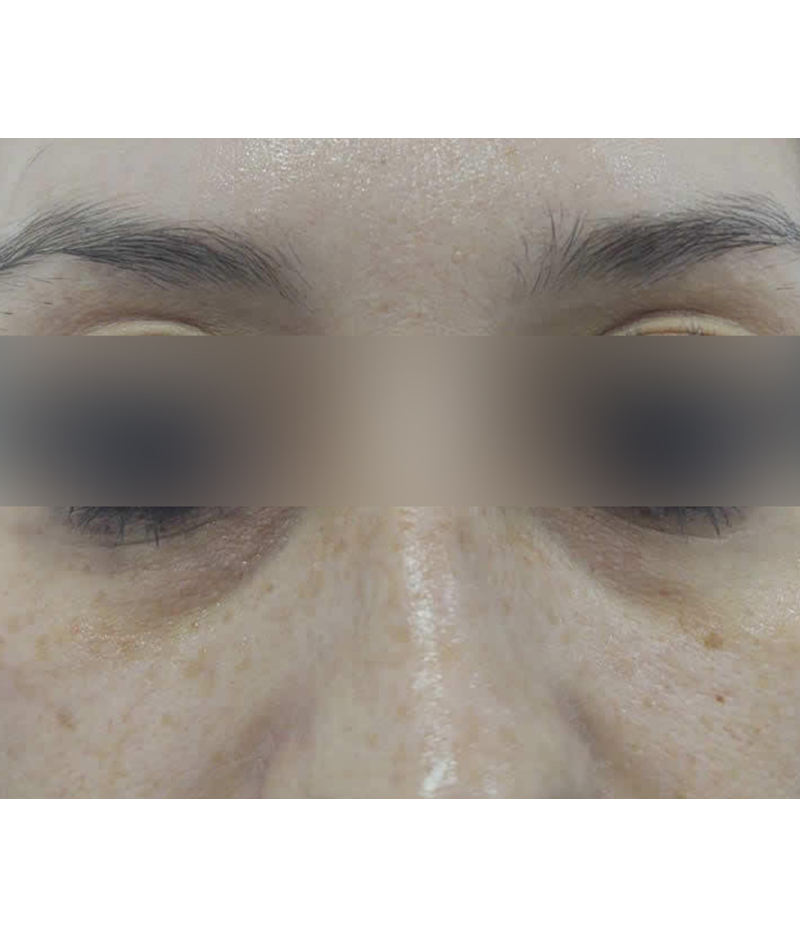
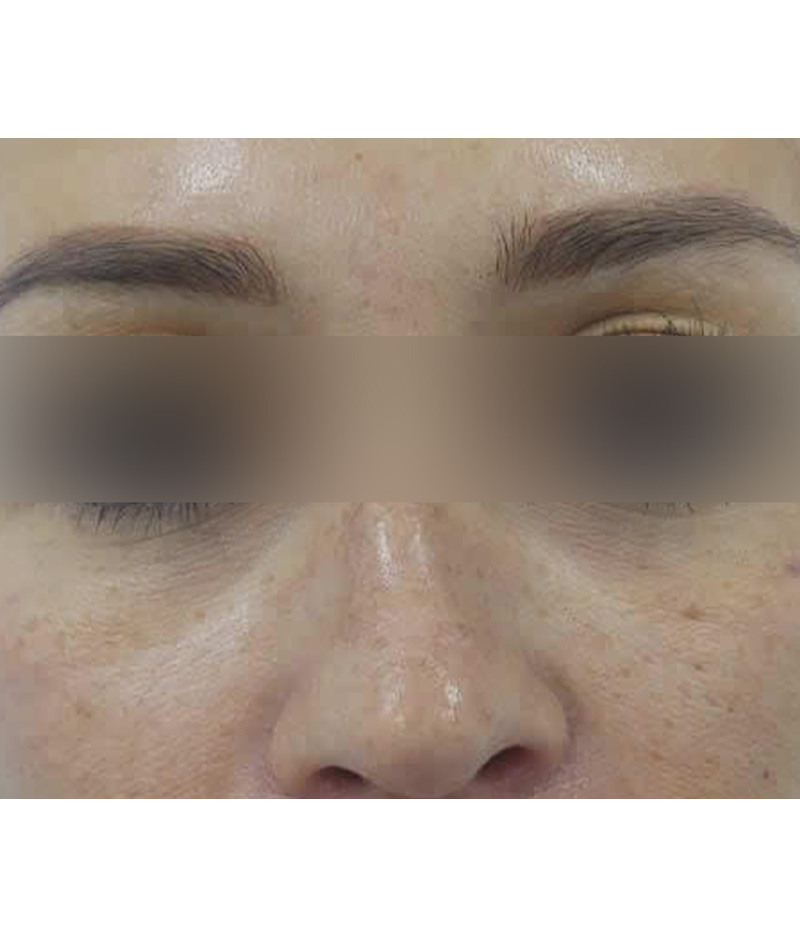
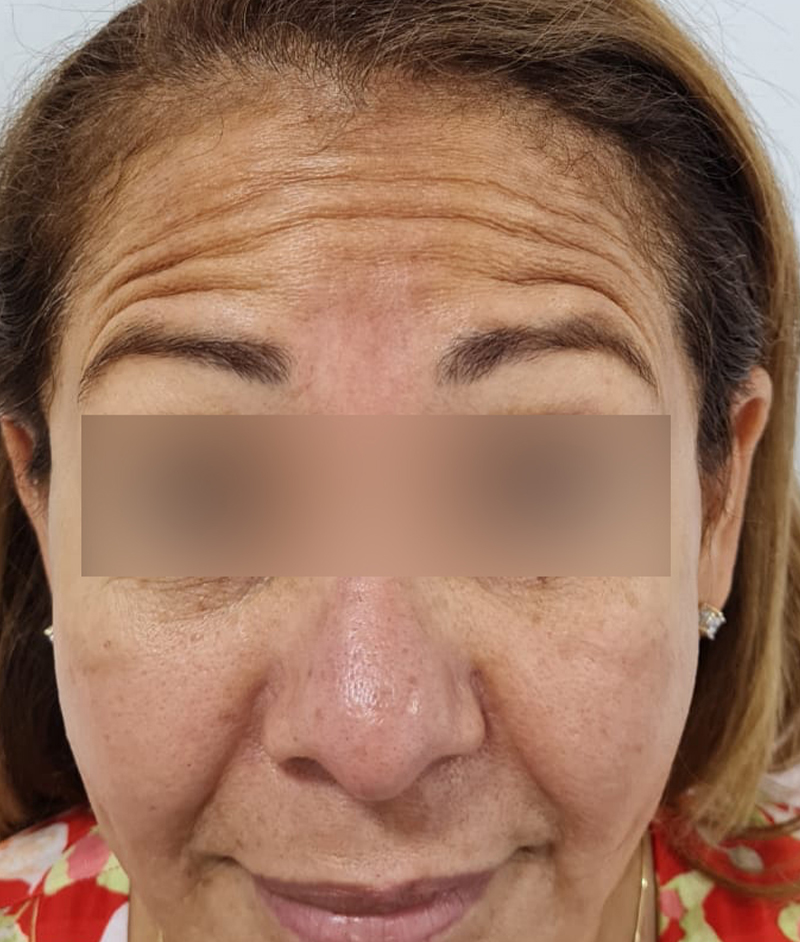
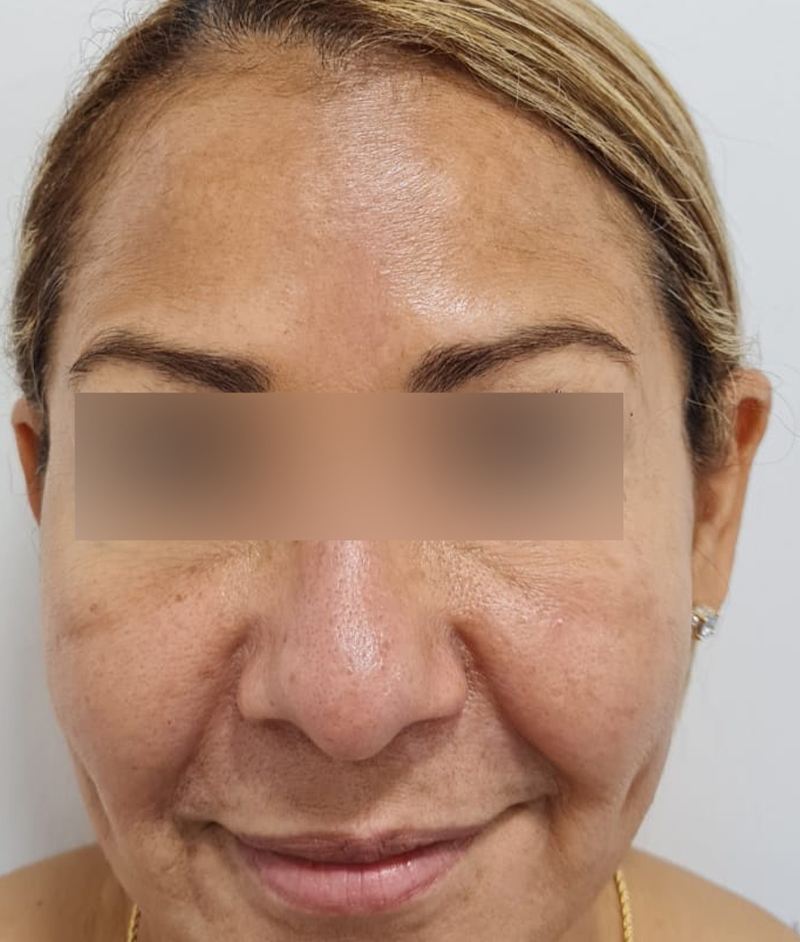
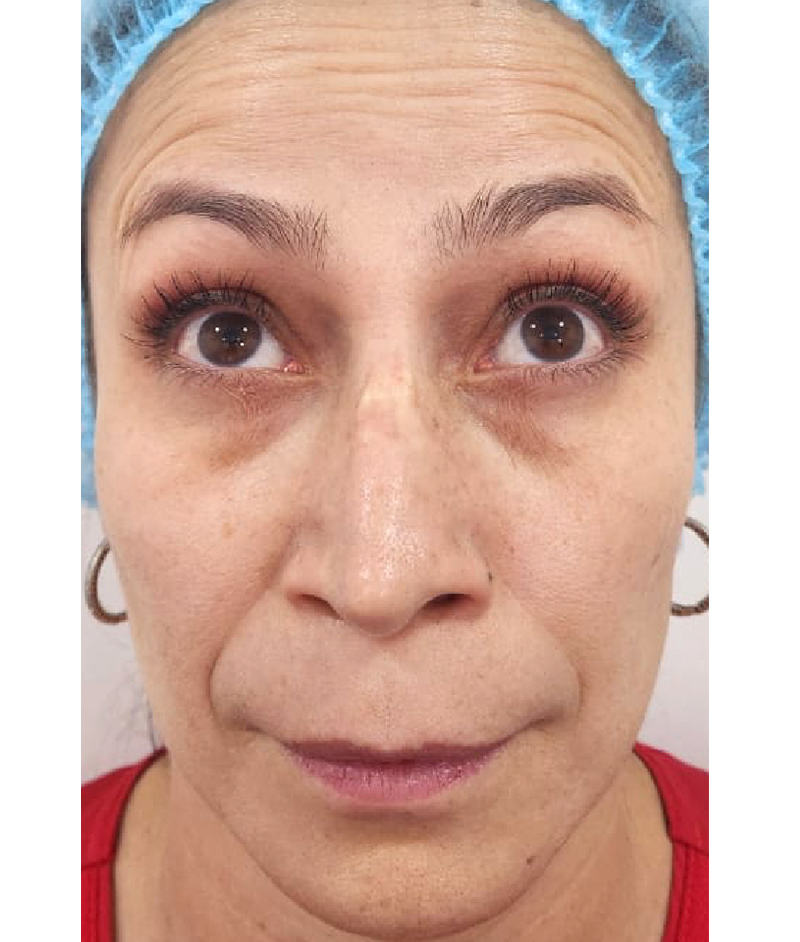
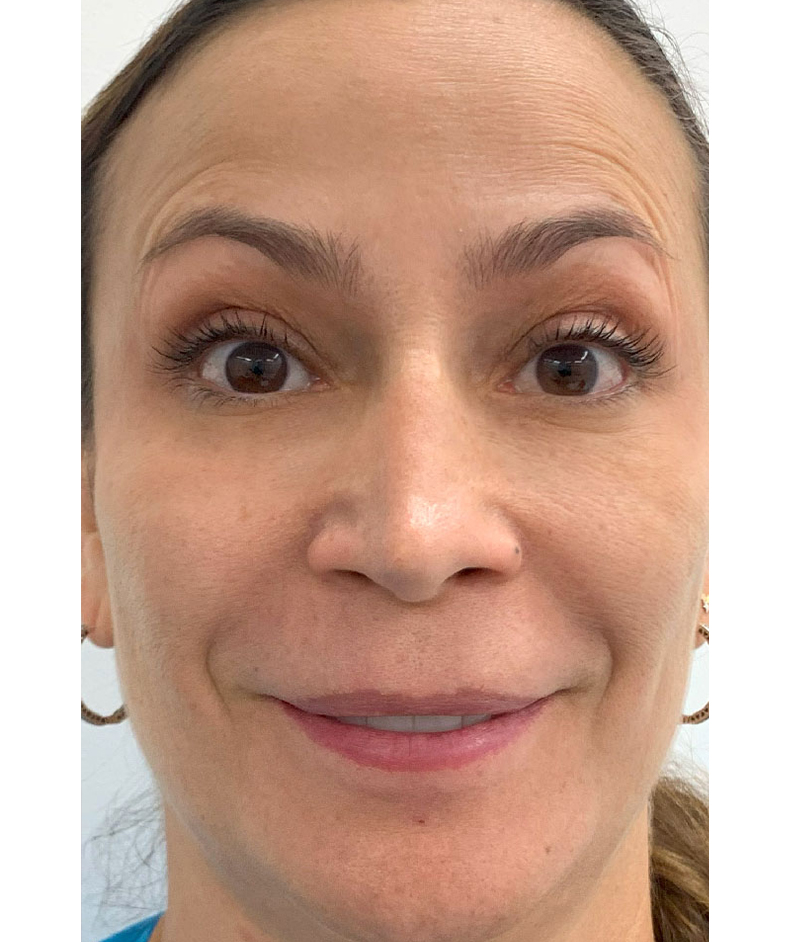
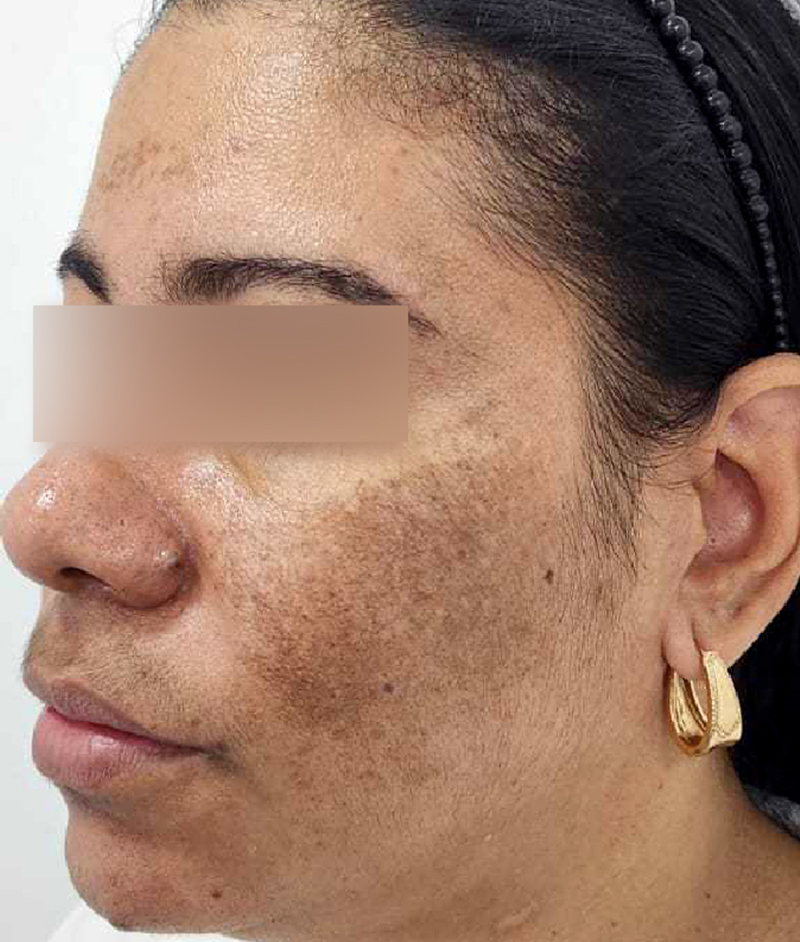
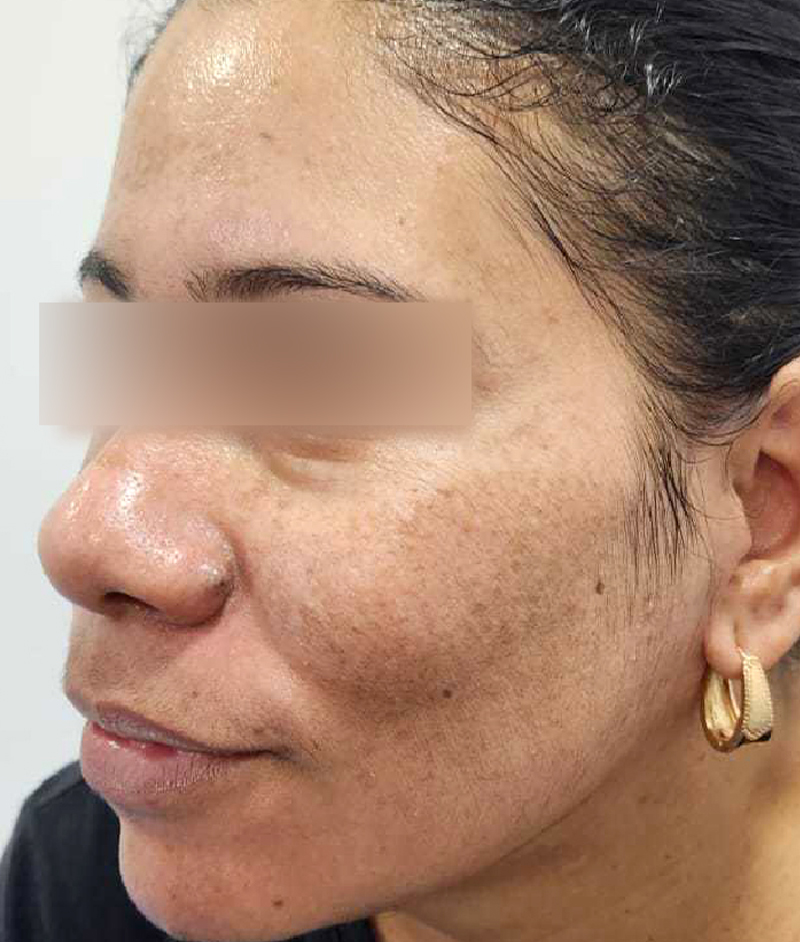
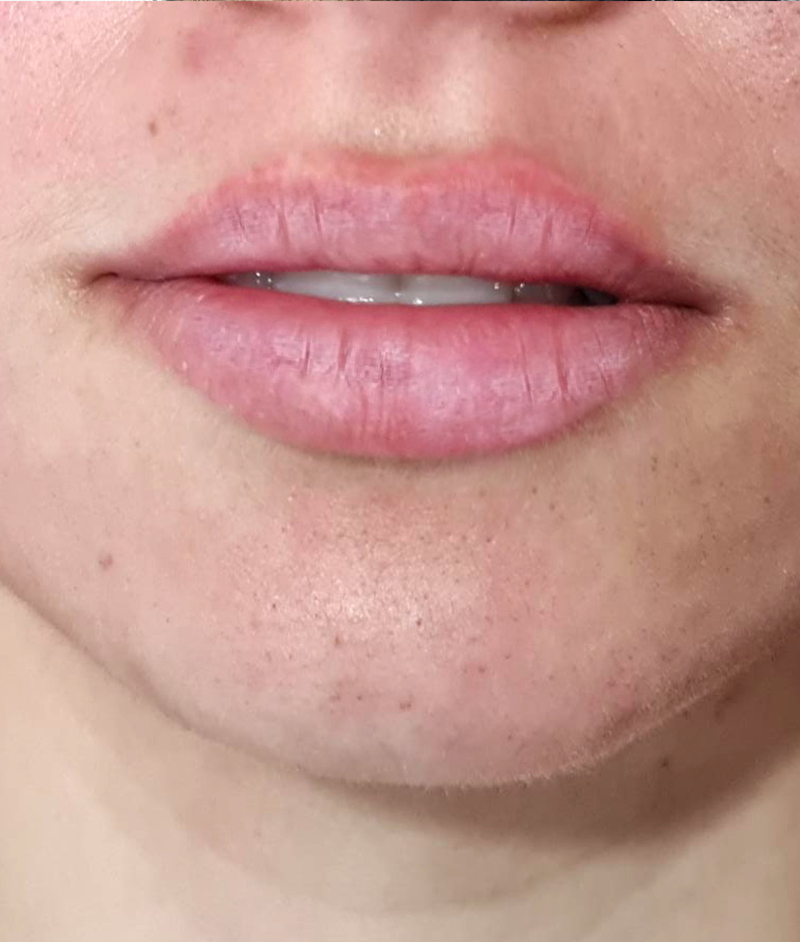
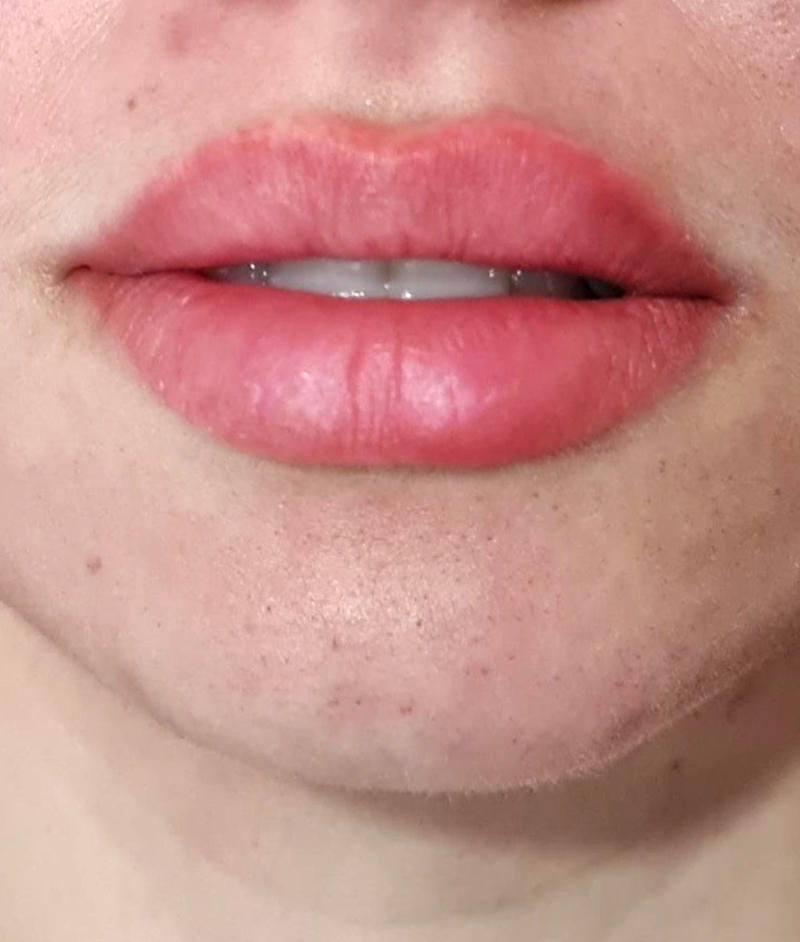
Learn more
In a body electrocautery procedure, local anesthesia is typically used. It is applied directly to the treatment area to ensure the patient feels no pain during the process. Local anesthesia numbs the specific zone while keeping the patient awake and comfortable. In some cases—especially for larger or more sensitive areas—a topical numbing cream may be applied before the injection to minimize any initial discomfort. molestia inicial.
Recovery after a body electrocautery procedure is generally quick and straightforward. Following the treatment, it is common to experience mild redness, swelling, or tenderness in the treated area; however, these symptoms typically subside within a few days. It is recommended to keep the area clean and dry and to follow your physician’s specific post-treatment instructions, such as applying antibiotic ointments if prescribed.
During the first few days, it is advisable to avoid direct sun exposure on the treated area and to refrain from activities that may irritate or traumatize the skin. If a scab forms, it is important not to scratch or remove it, allowing it to fall off naturally to prevent scarring.
In most cases, patients can resume their normal activities the same day or the day after the procedure. Complete healing usually takes one to two weeks, depending on the size and location of the treated area.
The body electrocautery procedure involves little to no downtime. Since it is minimally invasive and typically performed under local anesthesia, most patients can return to their normal activities the same day or the day after treatment. Temporary side effects such as redness, mild swelling, or sensitivity in the treated area may occur but generally do not interfere with daily routines.
There is no need to take time off work or make significant lifestyle adjustments, making body electrocautery a convenient option for treating various skin conditions without disrupting everyday activities.
Post-treatment care after a body electrocautery procedure is essential to ensure a quick recovery and minimize the risk of complications.
Keep the area clean and dry: Gently cleanse the treated area with water and a mild soap, then pat dry carefully. Avoid getting the area wet during the first 24 hours unless otherwise directed by your physician.
Apply antibiotic ointment: If recommended by your doctor, apply an antibiotic ointment to the treated area to prevent infection and promote faster healing.
Do not scratch or remove scabs: If a scab forms, allow it to fall off naturally to avoid scarring or infection.
Avoid sun exposure: During the first few weeks, it is advisable to avoid direct sun exposure on the treated area, as it may cause hyperpigmentation or delay healing. Use sunscreen if exposure is unavoidable.
Avoid intense physical activities: Refrain from strenuous exercise or activities that may cause excessive sweating or friction in the treated area during the first few days.
Follow your doctor’s instructions: Carefully follow any additional recommendations, such as the use of dressings or follow-up appointments.
Monitor the treated area: If you experience severe pain, persistent redness, swelling, or any unusual symptoms, contact your physician for evaluation.

